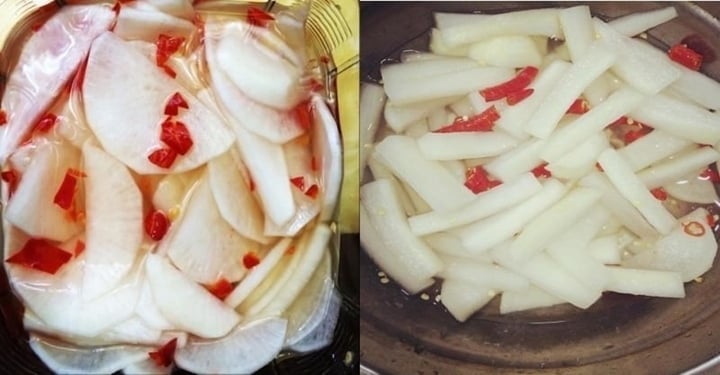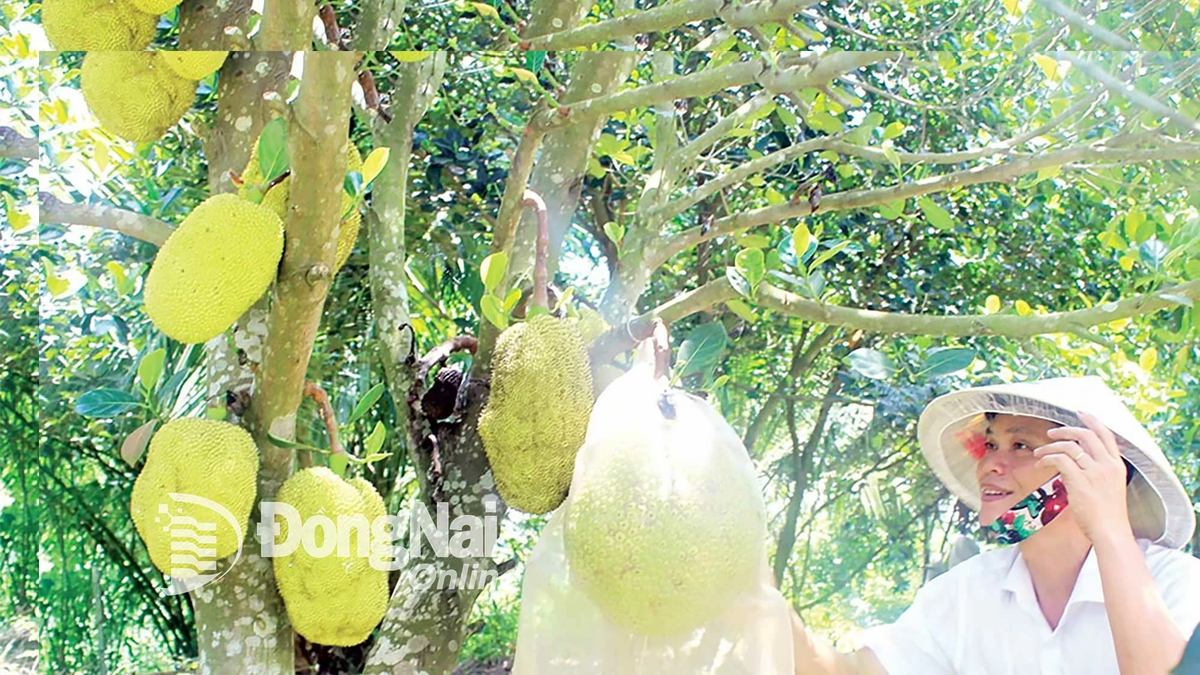According to a report in the Global Times on November 30, a man in Zhengzhou, China, suffered from purple lips, fingernails, and skin after eating pickled radish. He had symptoms of abdominal pain and difficulty breathing, and was later diagnosed with nitrite poisoning. The man also provided information that he had made the pickled radish himself a year ago. So why is this rustic dish potentially harmful to health?
Associate Professor Chu Di of the Department of Food Science and Nutritional Engineering, Central Agricultural University, said that nitrite is a chemical compound and also a food additive that is allowed to be used in some processed foods such as ham and bacon. However, nitrite can also exist in spoiled fruits and vegetables, cooked green vegetables that have been left for a long time or have not been properly preserved.
Just 200mg of nitrite is enough to cause acute poisoning in adults. When entering the body, nitrite combines with hemoglobin in the blood, causing methemoglobinemia, manifested by symptoms such as headache, dizziness, nausea, vomiting, numbness in the limbs, tinnitus, blurred vision, abdominal pain, diarrhea, difficulty breathing, rapid heartbeat and cyanosis of the lips and fingernails.

A man in Zhengzhou (China) suffered purple lips, fingernails and skin after eating pickled radish. (Photo: Sohu)
In addition, nitrite is also considered a potential carcinogen. Under the influence of stomach acid, nitrite can react with protein to form nitrosamine, a carcinogenic compound. Therefore, regularly consuming pickled foods and leftovers can increase the risk of stomach cancer and esophageal cancer.
For pickled foods prepared by reputable manufacturers, the problem of excess nitrites does not usually occur. However, with homemade pickles, nitrite levels will change over time. Nitrite levels typically peak about 1-2 weeks after the start of pickling and drop to relatively low levels after about 20 days.
The case of a man in Zhengzhou who was poisoned after eating pickled radishes a year ago may have been due to the radishes spoiling before pickling or due to improper storage leading to contamination.
Associate Professor Chu Di recommends that people should choose fresh, clean ingredients when pickling vegetables at home. Washing utensils and ingredients is an important step to ensure food safety. The best time to eat pickled radish is within the first 2 days or after 21 days of pickling, because at this time the nitrite content is relatively low. Adding garlic, fresh chili, and lemon juice to the pickling process can also help control the formation of nitrite.
Source: https://vtcnews.vn/nhap-vien-cap-cuu-sau-an-mon-muoi-chua-tu-lam-ar912026.html






























































































![[Infographic] In 2025, 47 products will achieve national OCOP](https://vphoto.vietnam.vn/thumb/402x226/vietnam/resource/IMAGE/2025/7/16/5d672398b0744db3ab920e05db8e5b7d)





Comment (0)